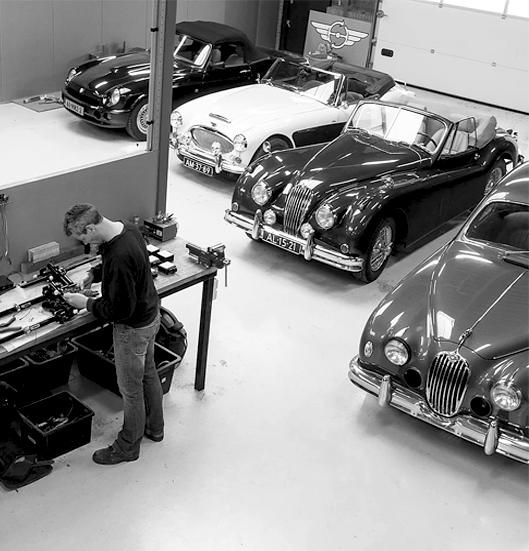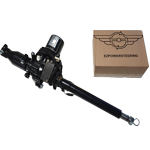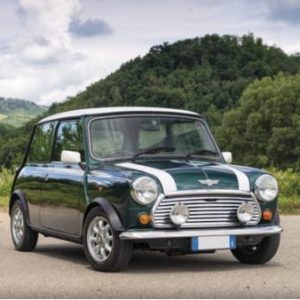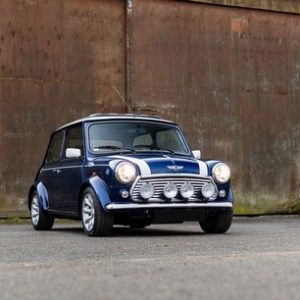- Home
- Car Brands
BRANDS
Select the car brand below for which you would like to see our products.
- Products
- Publications
- Testimonials
- FAQ
- Enquiry form
- Contact
Mini
The original two-door Mini was a small car produced by the British Motor Corporation (BMC) and its successors from 1959 until 2000. It is considered an icon of the 1960s, and its space-saving front-wheel-drive layout (which allowed 80% of the area of the car's floorpan to be used for passengers and luggage) influenced a generation of car-makers The vehicle is in some ways considered the British equivalent to its German contemporary, the Volkswagen Beetle, which enjoyed similar popularity in North America. In 1999 the Mini was voted the second most influential car of the 20th Century, behind the Ford Model T.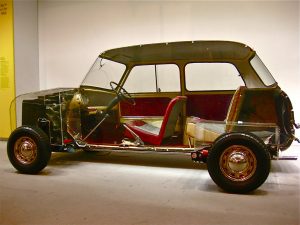
Mini Cutaway

Mini Moke
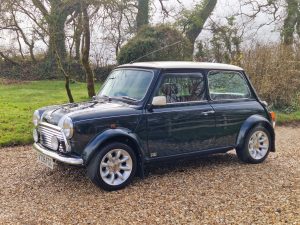
Mini Cooper
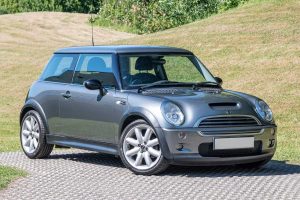
Modern Mini Cooper
More
More
- Home
- Car Brands
BRANDS
Select the car brand below for which you would like to see our products.
- Products
- Publications
- Testimonials
- FAQ
- Enquiry form
- Contact


